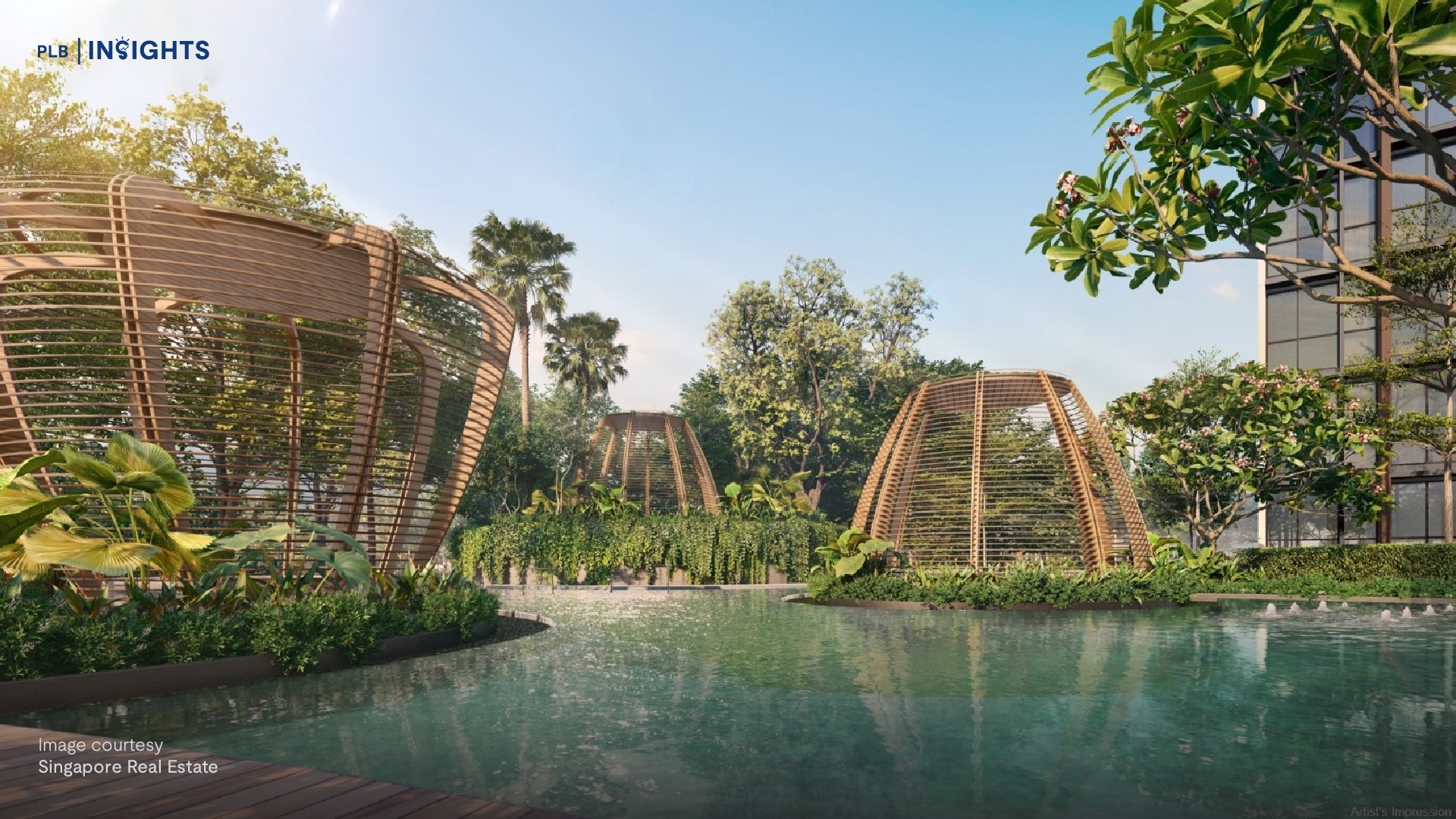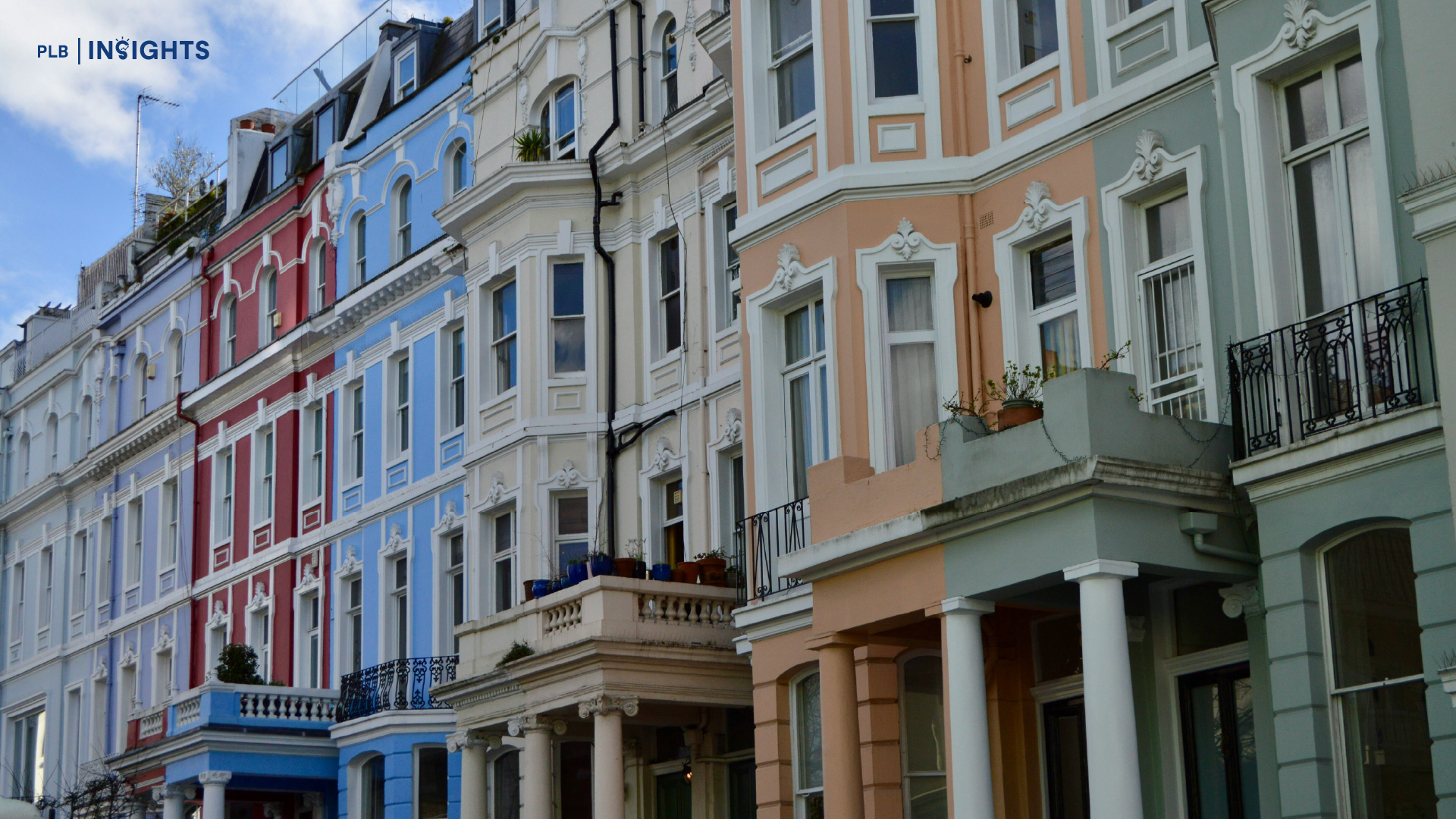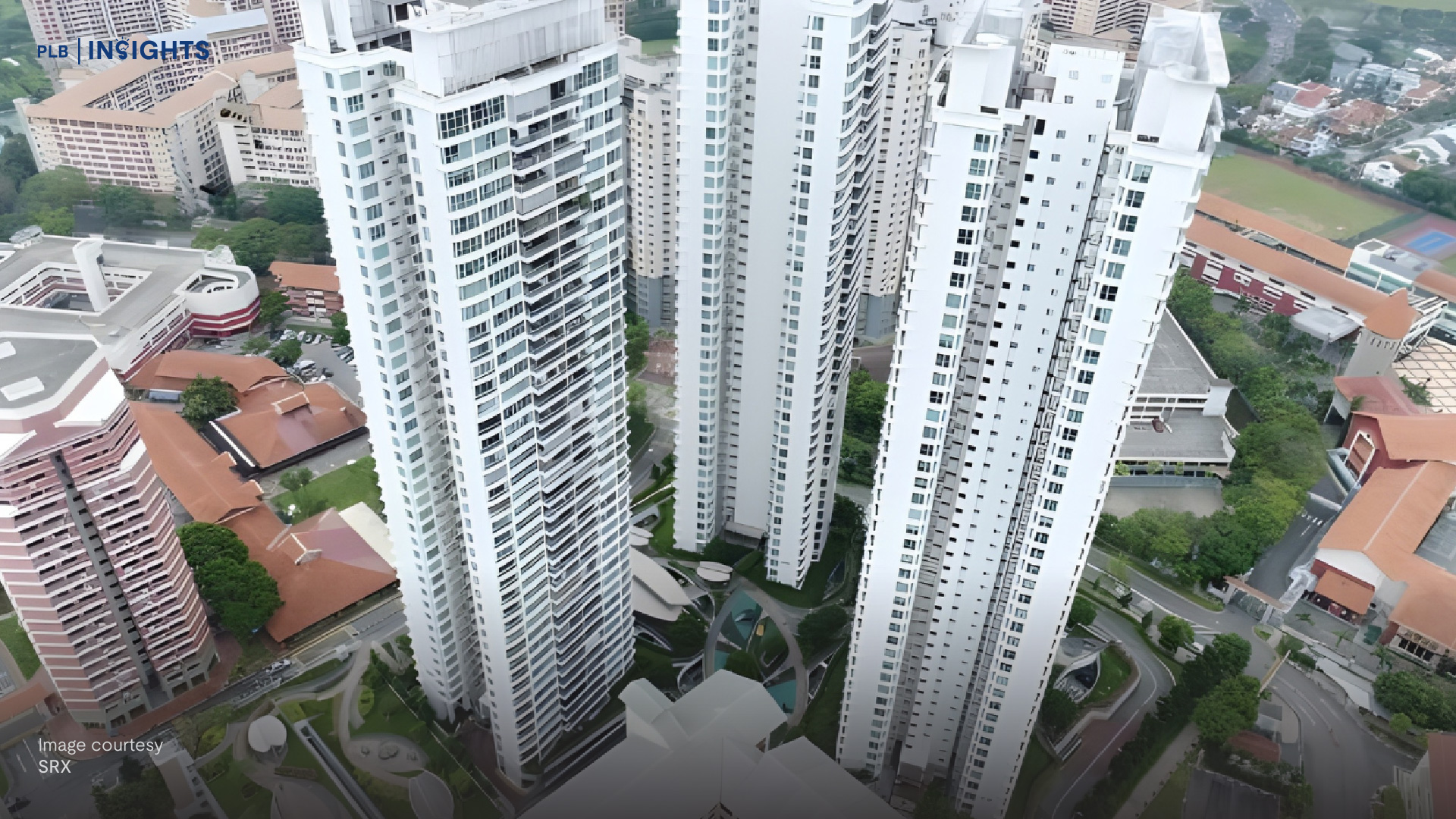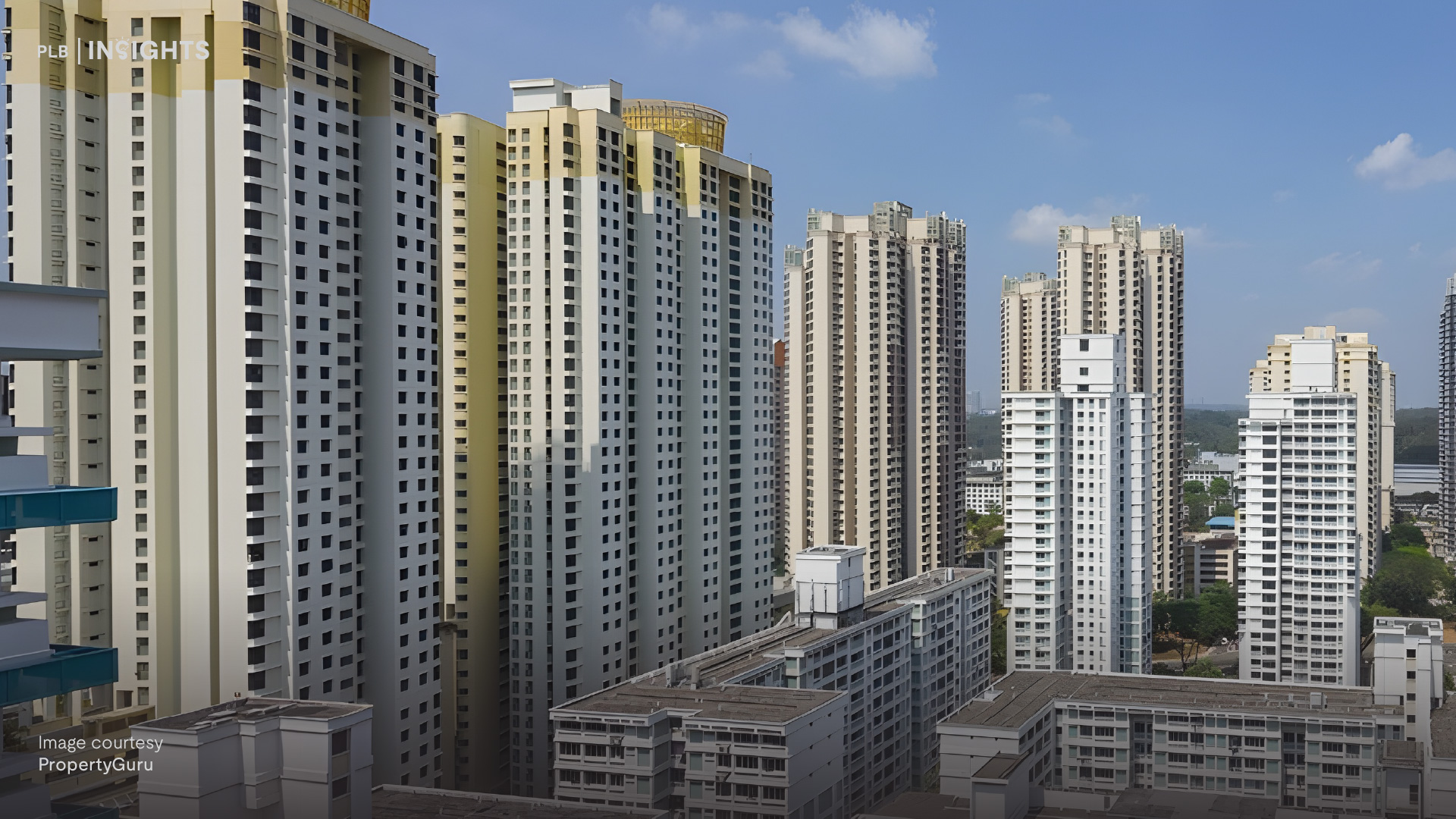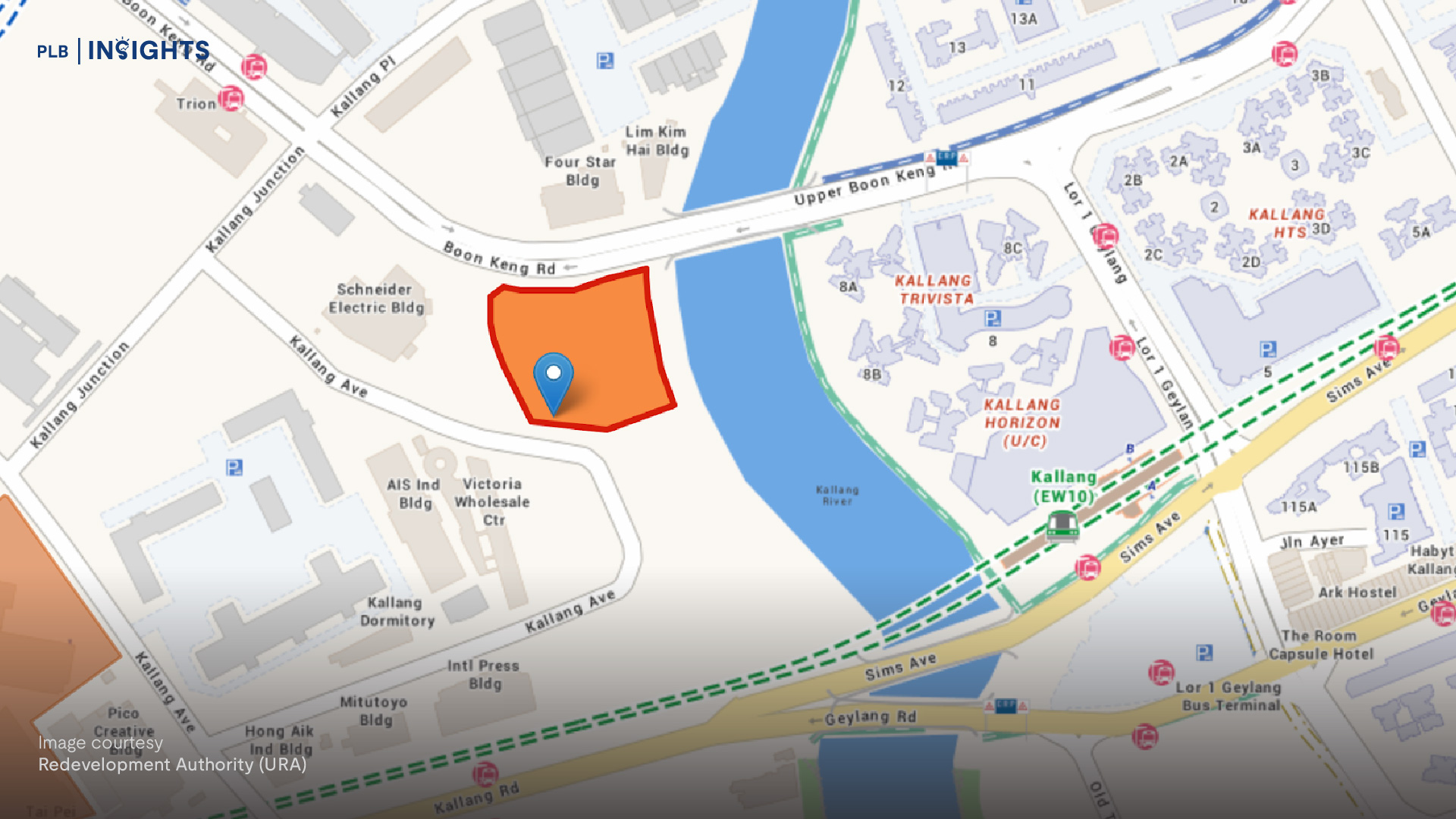
The release of the news on the latest Build-to-Order (BTO) flats (read: finally the anticipated Rochor BTOs)under the new housing model – Prime Location Public Housing (PLH) – has sensationalised the real estate market, and is Singapore’s step towards ensuring that public housing remains affordable. A reflection of the government’s ideals, the PLH model aims to adjust the affordability and equality in HDB flats in Singapore’s city centres for legit homebuyers. While a symbolic move towards inclusive housing for Singaporeans, how much of an impact will it have on the home prices across Singapore? Let’s dive a little deeper.
The several limitations on homeownership of these flats in the prime locations of Singapore, most saliently policies on loans, specification on Minimum Occupancy Periods, and the exclusivity to certain buyer profiles, translate not just to price fluctuations within the Core Central Region (CCR), but will have price implications on the periphery public housing and the real estate rental market, and in turn, affecting private properties in and around the area. With the new measures, one can expect ripple effects all through Singapore’s market, particularly on existing prime HDBs excluded from the PLH scheme as well as private property within the CCR. If you are curious about how the PLH will affect property prices, or want to know if the upcoming November BTOs in 2021 is an investor-worthy project, read on for our analysis.
What is Prime Location Public Housing?
Announced in a joint press release issued by HDB and the Ministry of National Development (MND), the PLH is a pilot scheme that combats the issue of Singaporeans making a windfall out of million-dollar resale homes that exist within Singapore’s prime regions. The scheme hopes to introduce diversity even within the central regions of Singapore, eliminating economic enclaves in any region, particularly in that of the central region. This comes after the 2019 announcement by Prime Minister Lee, where plans of an additional 9,000 housing units were set to be introduced in the areas currently occupied by the Keppel Club and golf course, as part of the Greater Southern Waterfront (GSW) coastline project.
Restrictions under the PLH Model
There are 5 notable restrictions for homes that will be introduced under the PLH scheme.
1) Minimum Occupancy Period: MOP is increased to 10 years from the original 5 years.
Current regulations for HDB flats require homeowners to stay in their flat for the Minimum Occupancy Period (MOP) before they can sell it. Unlike most flats with an MOP of five years, PLH units have an MOP of 10 years. This will appeal more to buyers who are buying for their own stay, rather than those who are looking to upgrade quickly, or “flip and sell” for a profit margin. A necessary curb? Let us know in the comments on our social media platforms!

Source: HDB The Prime Location Public Housing (PLH) Model
Historically, private home prices rise faster than HDB flats, meaning that those looking to acquire private homes tend to upgrade their HDB flats quickly. The longer they stay in the HDB flat, the more the status of a private property may grow out of their reach. Hence, the new 10-year MOP safeguards against this practice for PLH units.
The new MOP for prime areas applies to both first-time buyers and resale buyers and begins upon collection of keys. Given the delays in construction coupled with a longer MOP, one can expect to wait anywhere between 10 to 15 years before the flat can finally be sold on the market. That’s a huge jump, compared to the usual six to eight years before an owner ballots, collects keys and is ready to move on to their next property.
2) Renting: PLH homeowners may not rent out the entire flat.
Unlike the five-year MOP where citizens can rent out the entire flat after the five-year period, PLH units may never be rented out fully, even after the 10-year MOP has been fulfilled. Despite this, homeowners may still rent out spare bedrooms which can ease their finances. In today’s market conditions, a rental room in a prime location has high yield, which may entice owners to rent out more rooms than they would have otherwise.
3) Levies: Subsidy Recovery (SR) is implemented in addition to the existing resale levies.
To make PLH units more affordable for citizens, buyers are able to apply for more subsidies in addition to current subsidies that are already in place such as the Enhanced Housing Grant (EHG). This is done to alleviate the naturally higher prices that PLH units experience.
However, these subsidies must be paid back when homeowners sell off the unit, in addition to any resale levies that are already in place. The Subsidy Recovery (SR) is calculated as a percentage of the sale price of the unit rather than the original price that it was purchased for. Since SR applies regardless if the sale is profitable or not, there is a risk for homeowners ending up in a situation where selling their PLH unit still does not leave them enough cash for a subsequent upgrade to a private property.
The SR percentage depends on the individual project and is specified before purchase. More attractive projects in better locations are subject to greater SR levels to make the allocation of housing fairer for all. This way, homeowners that manage to secure projects that appreciate greatly in value will have to pay back more subsidies, reducing the “lottery effect” that creates inequality in housing in the first place.
4) Eligibility: Requirements for these units are more restrictive
PLH units have much stricter rules for eligibility than standard HDB flats. Conditions such as citizenship, family status, private property ownership, and most importantly, income, have been modified for PLH units. HDB lists the following conditions for a homeowner to be eligible for PLH units.

Source: HDB The Prime Location Public Housing (PLH) Model
Apparently, these requirements aim to reserve PLH units for Singaporean families with lower income and no prior private property – in line with the aim of keeping public housing affordable for citizens.
While they may seem extremely restrictive to some, particularly to SPR families and singles in Singapore, HDB also mentioned that they may modify these rules as the situation develops – possibly about halfway through the lease duration.
5) Priority: Less units are reserved for those under Married Child Priority Scheme (MCPS)
While the numbers have not yet been determined, HDB will reduce the number of units that are reserved for homeowners applying under the MCPS.
Under the MCPS, homeowners who are applying for a flat receive priority if that flat is within 4km of a home that is occupied by a parent/ married child. The purpose of the MCPS is to help the married child and parents live closer together for mutual support by giving greater assurance when applying for a flat.
However, while the MCPS supposedly promotes intergenerational relations, there is a high chance that a home (of your parent/ married child) located within 4km of a PLH unit in the central region of Singapore is that of a condominium or private property. Thus, it is possible for the MCPS to widen the inequality gap by granting central flats to homeowners whose families already have expensive property in these locations.
By reducing units reserved for MCPS, HDB hopes to reduce this practice and allow more citizens to live in central HDB flats, removing the socioeconomic advantage in this field.
What does this mean for the real estate market?
Summing up the PLH model, homebuyers of new HDB flats in prime locations will have to occupy their units for at least 10 years, and are unable to put up the flat for rent for as long as they own it (even after the 10 years MOP has passed). Homeowners will not be able to rent out the entire unit, and will only be able to rent out bedrooms if the flat is 3-room or larger. The model also excludes buyers of certain demographics such as those of high earning or do not have their own family nucleus, which will push certain buyers out of this market.
1. Deterring of Investors
This immediately deters investors looking to make a profit from rental, and makes the PLHs more attractive for genuine homebuyers, rather than those looking to profit from it through either rental or upgrading to private properties after the MOP period.
2. Limitations on buyer profile
The profile of buyers looking to buy these flats in the resale market will be more restricted than typical resale flats, which means limitations not just on the people who will ballot for these homes next month, but can purchase from the current owners once the MOP has passed.
While these factors mean that the PLH does an excellent job in what it has set out to do – keeping home prices low in the CCR for genuine homebuyers that intend to stay for an extended period of time, this will have ripple effects on the real estate market.
The biggest implication of this, we predict, is the increase in home prices of those on the periphery of these prime areas. Homes around these prime HDBs, whether they are public housing or private property, are sure to see an increase in demand and subsequently price, as they become more attractive to homeowners who do not wish to be limited by the MOP time or other resale restrictions. In addition to these housing limitations, buyer profiles who do not fall under the demographics of those limited by HDB but still want to live in these prime locations (perhaps for work purposes), will also naturally turn towards other flats that lie on the edge of these prime areas.
Existing prime HDBs not affected by PLH model, such as Pinnacle at Duxton, Tiong Bahru, Redhill, Queenstown, and Little India-Farrer Park will also see demand as the specifications in this model will apply only to future projects and not retrospectively to existing public housing.
Before you make your purchase…
Perhaps you are attracted to the locations of the PLH flats, and want to live at a prime location that shortens your daily commute. Or perhaps you believe that a unit in the prime location is bound to appreciate and are willing to ride out the 10 year MOP, before selling your house at a high price to make a profit. There still remain salient considerations before you ballot for the BTO come November.
-
Future demand may not be as strong as you expect
As analysed, the restrictions placed on PLH inevitably push and direct attention to periphery housing along these districts that share the same location but do not share the limitations of the 10 year MOP, the $14,000 income ceiling, nor the subsidy recovery tax. As such, buyers or investors who are looking to make a windfall out of these properties as with other BTO projects that we have seen previously, should be cautious about being overly optimistic about the demand of these units.
In addition, the 10-year MOP on top of the 4-5 year construction period will mean a 15 year wait before the homeowner can sell their property. It is tough to predict demand this far into the future, especially in an ever changing citystate like Singapore.
2. PLH flats are unlikely to exceed the $1 million selling price
If you are looking to make a windfall out of selling your property, an understanding of the PLH model indicates that PLH flats are unlikely to exceed the $1 mil selling price in the near future. Limiting household income to $14,000, the Mortgage servicing ratio (MSR), capped at 30% of one’s gross monthly income, translates to the fact that homes under this scheme may likely never exceed the $1 million selling price. For families who are looking for asset progression, this can be highly disincentivising, as the selling price (less the SR) may red
uce the net profits, which in turn impacts the profits generated that allow for an upgrade to a private property.
Therefore, properties under the PLH scheme remain more suitable to families who have no short term plans (within 10-15 years) for upgrading to private property, and intend to purchase one of these homes in prime location for their own stay. Despite these restrictions putting a possible damper on buyers and sellers, these flats afterall, remain in extremely desirable locations that will appreciate even if just on the pure merit of their locations.
Is this a strong hand to put to cap on rising million-dollar HDBs? Is it enough? Is it too much? Check out what Redditors have to say here as well.
Conclusion
For those we are familiar with the real estate market, you will realise that this is yet another cooling measure, and a major one at attempting to keep the real estate market in Singapore an affordable and inclusive one for all.
While aimed at HDB “flippers”, it may be an almost-perfect way to keep the price gap small for HDBs between the CCR and OCR region, yet unavoidably hiking RCR condo prices in the process. The main aim of PLH remains to mitigate the windfall effect, and will not affect existing owners of HDBs. However, this scheme will inadvertently result in added interest in the Outside Central Region (OCR) and most heavily benefit the HDB on the fringe of prime areas, as they have similar accessibility as the HDB prime flats, but are free from the above mentioned regulations.
This model will have a definitive effect on the real estate market, which we will explore deeper in our next #Ask and Nuggets on the Go series. Check it out real soon.



